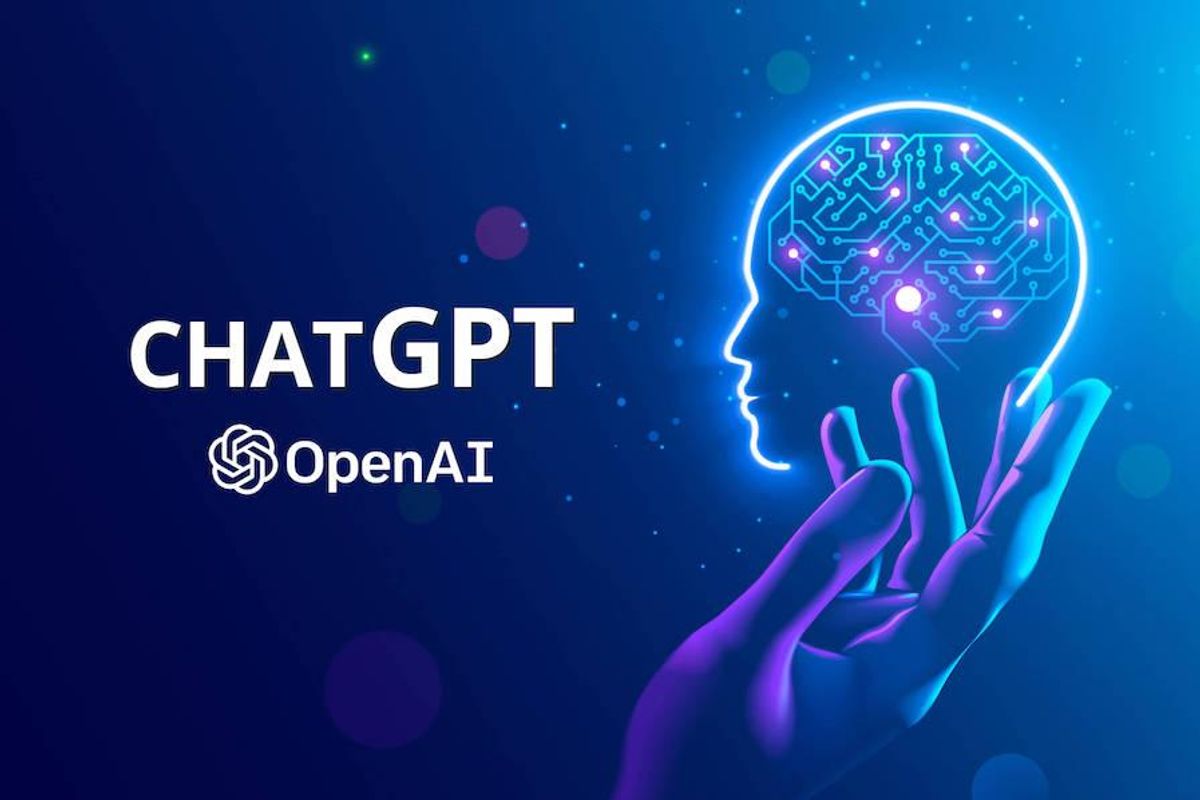ChatGPT’s rise to prominence since its 2022 launch has been nothing short of revolutionary. Within two months of release, it amassed over 100 million users, a milestone that took Facebook 4.5 years and TikTok 9 months to achieve. Its influence spans industries, from education and healthcare to marketing and software development, reshaping how we interact with technology. But what fuels this widespread adoption? The answer lies in its ability to address long-standing gaps in AI accessibility, creativity, and practicality. Unlike earlier chatbots that struggled with context or offered limited functionality, ChatGPT combines natural language processing with vast knowledge integration, enabling it to perform tasks ranging from writing essays to debugging code. This blog explores the five core factors behind its popularity, analyzing how its conversational depth, multitasking prowess, and ethical design set it apart. By examining real-world use cases—from a farmer using it to translate weather reports to a novelist overcoming writer’s block—we’ll uncover why ChatGPT isn’t just another AI tool but a catalyst for human-machine collaboration.
5 Key Factors Driving Its Global Adoption
Human-Like Conversations: The Secret to Engaging Users
ChatGPT’s conversational abilities stem from its advanced contextual awareness. Unlike traditional chatbots that treat each query as isolated, ChatGPT maintains a memory of prior interactions within a session. For instance, if you ask, “Plan a weekend trip to Kyoto,” then follow up with “What’s the best time to avoid crowds at Fushimi Inari Shrine?” it will recall your travel context and provide a tailored answer. This memory extends to tone adaptation; it can draft a formal business email, a casual social media post, or an academic essay with appropriate grammar and style. Its training on diverse datasets—including books, articles, and conversations—enables it to grasp nuances like sarcasm, humor, and cultural references. A 2024 study by MIT found that 89% of users couldn’t distinguish ChatGPT’s responses from human-written text in blind tests, highlighting its conversational authenticity.
Multitasking Mastery: From Essays to Code—One Tool for All
ChatGPT’s versatility arises from its training on multidisciplinary datasets, spanning literature, science, programming, and art. This allows it to pivot seamlessly across domains. Doctors use it to translate complex medical terms into patient-friendly language; marketers generate ad copy, analyze consumer sentiment, and predict trends; developers debug code snippets or explain algorithms in layman’s terms. A 2024 case study by Harvard Business Review found that 68% of small businesses adopted ChatGPT for tasks like content creation, customer support, and data analysis, reducing operational costs by 40% within six months. For instance, an e-commerce startup integrated its chatbot plugin into Slack, automating 80% of customer inquiries and cutting response times from 12 hours to under 2 minutes, boosting satisfaction by 40%.
Democratizing AI: Making Advanced Tools Accessible to Everyone
ChatGPT’s text-based interface eliminates the need for coding expertise, welcoming users of all ages and backgrounds. A farmer in rural India might use it to translate weather forecasts into his native language and get crop management tips. A retiree in Italy could learn Python basics by asking, “Explain loops with a baking analogy.” Its free tier offers robust functionality, including 2024 updates like voice interaction and image understanding (via DALL-E integration), while the $20/month Plus plan unlocks faster responses, web access, and priority support for professionals.
Fostering Creativity: From Brainstorming to Execution
ChatGPT acts as a collaborative partner for creators. Writers stuck on plot holes can describe their story’s genre and characters, then ask, “How does the protagonist overcome this obstacle?” to receive multiple narrative options. Marketers brainstorming campaigns might input, “Generate 5 taglines for a sustainable sneaker brand targeting Gen Z,” and refine the results based on feedback. Even artists use it—a 2024 band in Berlin composed a synth-pop track by asking ChatGPT to write lyrics about climate change and suggest chord progressions, which they then arranged and produced.
Continuous Improvement: Why Users Trust ChatGPT’s Evolution
OpenAI’s iterative updates—driven by user feedback and technological advancements—keep ChatGPT relevant. The 2024 “clarification prompt” feature, for instance, lets the AI ask follow-up questions to resolve ambiguity. If a user requests, “Write a poem about love,” ChatGPT might respond, “Should the tone be romantic or bittersweet? Any specific imagery you’d like?” This ensures outputs align with user intent. Additionally, its “knowledge cutoff” updates (now refreshed quarterly) incorporate recent events, making it reliable for current affairs.
Tips of Downloading ChatGPT
First and foremost, we must determine whether ChatGPT can be downloaded on our electronic devices. Second, does ChatGPT work on huawei? For instance, gadgets sold under the Huawei name. It might be important to follow the instructions for installing ChatGPT on Huawei devices. That’s quite easy! Using the Quick APP, you can quickly download ChatGPT from AppGallery and save it to your home screen for easy access at any time. For an alternative method, you can add the number +18002428478 to your contacts list on WhatsApp and start a conversation with ChatGPT.
Conclusion
ChatGPT’s popularity isn’t accidental—it’s the result of deliberate design choices that prioritize humanity, versatility, and accessibility. By mastering natural dialogue, it’s redefined how we interact with machines; through multitasking, it’s become indispensable across industries; and via continuous improvement, it’s built trust with users worldwide. Its greatest strength lies in adaptability: whether a student seeking homework help, a CEO strategizing global expansion, or an artist breaking creative blocks, ChatGPT meets users where they are. As it evolves, its role will likely expand beyond a tool to a collaborator, shaping the future of work, education, and creativity. The next time you face a challenge, ask: “How can ChatGPT help?” The answer might not just surprise you—it could redefine your approach.
Keep an eye for more latest news & updates on Tribune!



